Home>Home Appliances>Laundry Appliances>How To Use An Ironing Board
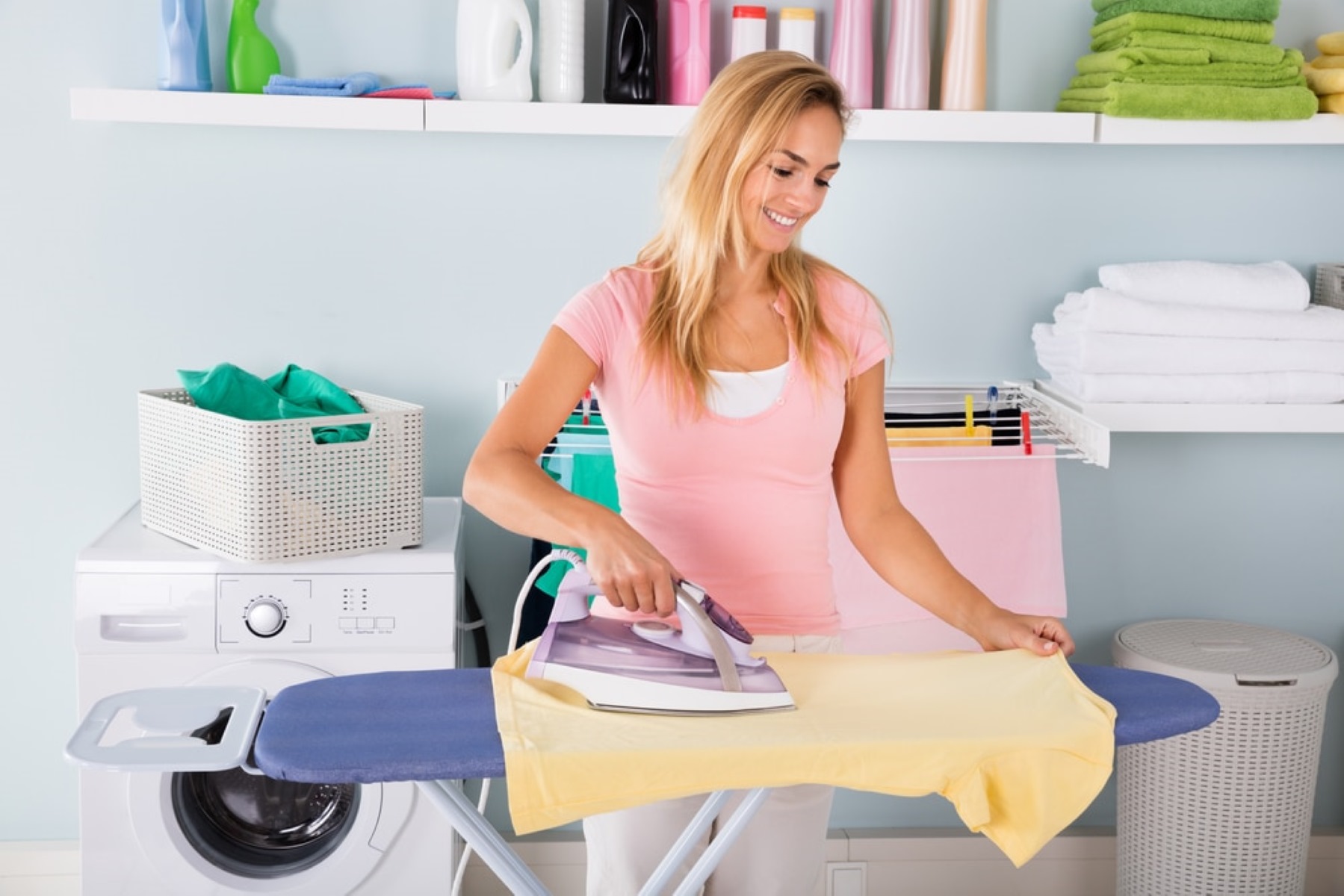

Laundry Appliances
How To Use An Ironing Board
Modified: February 17, 2024
Learn the best techniques for using an ironing board to achieve wrinkle-free clothes effortlessly. Discover tips and tricks for efficient ironing at home. Ideal for laundry appliances enthusiasts.
(Many of the links in this article redirect to a specific reviewed product. Your purchase of these products through affiliate links helps to generate commission for Storables.com, at no extra cost. Learn more)
Introduction
Ironing boards are essential tools for achieving wrinkle-free, neatly pressed clothing. Whether you're preparing for a professional meeting, a special event, or simply aiming to look polished in your everyday attire, knowing how to use an ironing board effectively can significantly enhance your wardrobe's appearance. This versatile piece of equipment provides a stable and smooth surface for ironing various fabrics, ensuring that your garments maintain a crisp and fresh look.
Understanding the proper techniques for setting up, adjusting, and utilizing an ironing board is crucial for achieving optimal results. By mastering these skills, you can streamline the ironing process and elevate the overall quality of your clothing care routine. Additionally, incorporating safety measures and implementing proper maintenance and storage practices will help prolong the lifespan of your ironing board, ensuring its continued functionality.
In this comprehensive guide, we will delve into the intricacies of using an ironing board, covering everything from its initial setup to advanced ironing techniques. By the end of this article, you will have gained valuable insights into maximizing the efficiency and safety of your ironing board, ultimately contributing to a more polished and professional appearance in your attire. Let's embark on this journey to discover the art of utilizing an ironing board to its fullest potential.
Key Takeaways:
- Mastering the art of using an ironing board ensures wrinkle-free, professional attire. From setup to ironing techniques, it’s a journey of precision and care, elevating your wardrobe with confidence and sophistication.
- Prioritizing safety and maintenance while using an ironing board creates a stress-free and efficient garment care routine. Embrace the transformative power of well-maintained attire for a polished and refined appearance.
Read more: What Is An Ironing Board Used For?
Setting Up the Ironing Board
Setting up an ironing board is the initial step in preparing for a successful ironing session. A well-organized and stable ironing board provides the foundation for achieving impeccably pressed clothing. Here's a detailed guide on how to set up your ironing board for optimal functionality:
-
Selecting a Suitable Location: Choose a spacious and well-lit area in your home to set up the ironing board. Adequate lighting is essential for identifying wrinkles and ensuring precise ironing. Additionally, ensure that the surface beneath the ironing board is flat and stable to prevent any wobbling or instability during use.
-
Unfolding the Ironing Board: Begin by unlocking the ironing board and unfolding it to its full length. Most ironing boards are equipped with a simple locking mechanism that allows for easy unfolding. Once extended, ensure that the board is securely locked in place to prevent accidental collapsing during use.
-
Adjusting the Height: Many modern ironing boards feature adjustable height settings to accommodate users of varying heights and preferences. Adjust the height of the ironing board to a level that allows you to comfortably stand and iron without straining your back or arms. This personalized adjustment ensures ergonomic ironing, reducing the risk of discomfort or injury.
-
Securing the Ironing Board Cover: The ironing board cover plays a crucial role in providing a smooth and heat-resistant surface for ironing. Ensure that the cover is securely fastened to the board, free from wrinkles or creases that could transfer onto your clothing during ironing. A well-maintained and taut ironing board cover facilitates seamless gliding of the iron, contributing to a flawless finish on your garments.
By following these steps, you can effectively set up your ironing board to create an optimal environment for achieving professional ironing results. A properly arranged ironing board sets the stage for a smooth and efficient ironing experience, allowing you to maintain the pristine appearance of your clothing with ease.
Adjusting the Height
Adjusting the height of an ironing board is a crucial step in creating an ergonomic and comfortable ironing experience. Many modern ironing boards are designed with adjustable height settings to cater to users of varying statures and ironing preferences. This feature allows individuals to customize the ironing board's height to suit their specific needs, ultimately contributing to improved posture, reduced strain, and enhanced ironing efficiency.
When adjusting the height of the ironing board, it's essential to consider your own height and the level at which you feel most comfortable working. The goal is to position the ironing surface at a height that allows you to stand upright with relaxed shoulders and comfortably extended arms while ironing. This optimal positioning minimizes the risk of back strain, shoulder tension, and arm fatigue, promoting a more enjoyable and sustainable ironing experience.
To adjust the height of the ironing board, locate the height adjustment mechanism, which is typically located near the ironing board's legs or frame. Depending on the design, this mechanism may involve a simple lever, button, or sliding mechanism that allows for effortless height modification. By engaging with this mechanism, you can raise or lower the ironing board to your desired height, ensuring that it aligns with your body's natural posture and range of motion.
It's important to note that proper height adjustment is not only beneficial for personal comfort but also contributes to more effective ironing. When the ironing board is positioned at the ideal height, you can exert optimal pressure and control while maneuvering the iron across different fabric textures. This precision enhances the ironing process, resulting in smoother, wrinkle-free garments with minimal effort.
Furthermore, individuals with mobility challenges or physical limitations can greatly benefit from the adjustable height feature, as it allows them to customize the ironing board to a level that accommodates their specific needs, ensuring inclusivity and accessibility in the ironing process.
By taking the time to adjust the height of your ironing board to your individual specifications, you can create a personalized and ergonomic ironing setup that promotes comfort, efficiency, and precision. This thoughtful customization empowers you to tackle ironing tasks with confidence and ease, ultimately elevating the quality of your garment care routine.
Using the Ironing Board
Using an ironing board effectively involves mastering the art of maneuvering the iron across various fabric types to achieve impeccably pressed clothing. This process encompasses a series of techniques and considerations that contribute to the overall quality and efficiency of the ironing experience. Here's a comprehensive guide on how to maximize the functionality of your ironing board:
Preparing the Garments
Before utilizing the ironing board, it's essential to prepare the garments for ironing. Start by inspecting the fabric care labels on each garment to determine the appropriate ironing temperature and any specific instructions. Sort the garments based on their recommended ironing settings, separating delicate fabrics from sturdier materials to ensure precise treatment.
Read more: Where To Iron Without An Ironing Board?
Setting the Ironing Temperature
Adjust the iron's temperature settings according to the fabric type being ironed. Different fabrics require varying heat levels to achieve optimal results. For instance, delicate fabrics such as silk and chiffon necessitate lower heat settings to prevent damage, while cotton and linen may require higher temperatures to effectively remove wrinkles.
Positioning the Garments
Lay the garment flat on the ironing board, ensuring that it is spread out evenly without any wrinkles or folds. Smooth out the fabric with your hands to create a uniform surface for ironing, allowing the heat to penetrate and eliminate wrinkles more effectively.
Ironing Techniques
When ironing, start with the areas that are less prone to wrinkling, such as collars and cuffs, before progressing to larger sections of the garment. Use smooth and consistent movements to glide the iron across the fabric, exerting gentle pressure to ensure thorough wrinkle removal. For stubborn wrinkles, apply steam as needed to facilitate smoother ironing.
Re-positioning the Garments
As you progress through the ironing process, reposition the garment on the ironing board to address different sections, ensuring that each area receives equal attention. This strategic repositioning allows for comprehensive wrinkle removal and ensures that the entire garment maintains a uniform, polished appearance.
Read more: How To Store An Ironing Board
Ironing Trouser Legs and Sleeves
When ironing trouser legs and sleeves, utilize the narrow, pointed end of the ironing board to insert into these areas, creating a smooth and taut surface for ironing. This technique prevents creases and ensures that these specific sections are impeccably pressed, enhancing the overall presentation of the garment.
Final Inspection
Upon completing the ironing process, carefully inspect each garment for any remaining wrinkles or imperfections. Address any lingering wrinkles with targeted ironing, ensuring that the garments achieve a pristine, professional finish.
By following these detailed steps and techniques, you can harness the full potential of your ironing board, transforming the chore of ironing into a rewarding and efficient task. Mastering the art of using an ironing board empowers you to maintain a polished and sophisticated wardrobe, elevating your personal style and professional appearance.
Safety Tips
Ensuring safety during the ironing process is paramount to prevent accidents and injuries, especially when dealing with high heat and electrical appliances. Implementing the following safety tips will help create a secure environment for ironing, safeguarding both individuals and the surrounding area.
-
Unplug the Iron When Not in Use: Always unplug the iron from the power outlet when it is not in use, even if it's just for a brief moment. This simple yet crucial practice prevents the risk of accidental burns, electrical fires, and energy wastage.
-
Handle the Iron with Care: When handling the iron, exercise caution to avoid burns or injuries. Use the designated handle and grip areas to maneuver the iron, ensuring that your hands are protected from direct contact with the hot surfaces.
-
Secure the Power Cord: Keep the iron's power cord away from the ironing board's legs and any sharp edges to prevent fraying, tangling, or accidental tripping. Utilize cord management features, such as built-in cord clips or retractable cords, to maintain a tidy and hazard-free workspace.
-
Store the Iron Safely: After use, allow the iron to cool down completely before storing it in a secure location. Avoid placing the hot iron on flammable surfaces or materials, and ensure that it is stored in an upright position to prevent accidental contact with skin or other objects.
-
Avoid Overloading Electrical Outlets: When using the iron, refrain from overloading the electrical outlet with multiple appliances, as this can lead to overheating and potential fire hazards. Use a dedicated outlet for the iron to ensure safe and efficient operation.
-
Keep Children and Pets Away: Create a designated ironing area that is inaccessible to children and pets to prevent accidental burns or injuries. Store the iron and ironing board in a secure location when not in use, ensuring that curious little hands and paws are kept at a safe distance.
-
Use Ironing Board Safety Features: Familiarize yourself with any safety features present on your ironing board, such as locking mechanisms and heat-resistant materials. Ensure that these features are functioning properly to enhance the overall safety of the ironing process.
-
Be Mindful of Clothing Placement: Avoid draping clothing over the iron or ironing board while the iron is in use, as this can lead to accidental burns or fabric damage. Keep the ironing area clear of any obstructions to maintain a safe and organized workspace.
By adhering to these safety tips, individuals can create a secure and hazard-free environment for ironing, promoting peace of mind and a positive ironing experience. Prioritizing safety not only safeguards against potential accidents but also contributes to a more efficient and enjoyable ironing routine.
Maintenance and Storage
Proper maintenance and storage practices are essential for preserving the functionality and longevity of your ironing board. By implementing routine maintenance and employing strategic storage solutions, you can ensure that your ironing board remains in optimal condition, ready to facilitate seamless ironing sessions whenever needed.
Read more: How To Fold The Ironing Board
Cleaning the Ironing Board Cover
Regularly cleaning the ironing board cover is crucial for maintaining a smooth and pristine ironing surface. Depending on the material of the cover, it can be spot-cleaned or machine-washed according to the manufacturer's instructions. Removing any accumulated dust, lint, or residue from the cover prevents these particles from transferring onto your clothing during ironing, preserving the garments' cleanliness and appearance.
Inspecting the Ironing Board Structure
Periodically inspect the structural integrity of the ironing board, paying attention to the legs, frame, and locking mechanisms. Ensure that all components are secure and free from damage or wear. Tighten any loose screws or bolts, and lubricate moving parts as needed to maintain smooth functionality. This proactive approach prevents potential hazards and prolongs the lifespan of the ironing board.
Storing the Ironing Board
When not in use, store the ironing board in a designated area that offers protection from dust, moisture, and potential damage. If space permits, consider investing in a wall-mounted or over-the-door ironing board storage solution to free up floor space and keep the ironing board neatly organized. Alternatively, collapsible or compact ironing boards can be stored in closets or utility rooms, ensuring easy accessibility while minimizing clutter.
Maintaining the Iron
In addition to caring for the ironing board, proper maintenance of the iron is essential for sustained performance. Regularly clean the iron's soleplate to remove any residue or buildup that can affect its gliding capabilities. Additionally, follow the manufacturer's guidelines for descaling and maintaining the internal components of the iron to prevent mineral deposits and ensure consistent steam output.
Read more: How To Unfold An Ironing Board
Protecting Against Moisture and Heat
To safeguard the ironing board from moisture and heat damage, avoid storing it in damp or excessively hot environments. Excessive moisture can lead to mold growth and fabric deterioration, while prolonged exposure to high temperatures can compromise the integrity of the ironing board cover and structural components. Choose a storage location that maintains moderate temperature and humidity levels to preserve the ironing board's quality.
By incorporating these maintenance and storage practices into your ironing board care routine, you can uphold the functionality and condition of this essential garment care tool. Consistent upkeep and thoughtful storage not only prolong the lifespan of the ironing board but also contribute to a well-organized and efficient ironing environment, enhancing the overall garment care experience.
Conclusion
In conclusion, mastering the art of using an ironing board is a valuable skill that contributes to the maintenance of a polished and professional wardrobe. From the initial setup and height adjustment to the meticulous ironing techniques and safety considerations, each aspect of utilizing an ironing board plays a pivotal role in achieving wrinkle-free, impeccably pressed garments.
By following the comprehensive guidelines outlined in this article, individuals can elevate their ironing experience, transforming it from a mundane chore into a rewarding and efficient task. The careful selection of an ideal location for the ironing board, coupled with the meticulous preparation of garments and precise ironing techniques, ensures that clothing maintains a pristine appearance, exuding sophistication and attention to detail.
Furthermore, the emphasis on safety measures and proper maintenance practices underscores the importance of creating a secure and well-maintained ironing environment. By prioritizing safety and implementing routine maintenance, individuals can enjoy peace of mind while engaging in the ironing process, fostering a positive and stress-free garment care routine.
Ultimately, the utilization of an ironing board transcends the mere act of removing wrinkles from clothing; it embodies a commitment to presenting oneself in a polished and refined manner. Whether preparing for professional endeavors, special occasions, or everyday activities, the proficiency in using an ironing board empowers individuals to exude confidence and professionalism through their attire.
As we conclude this comprehensive guide, it is evident that the art of utilizing an ironing board encompasses a blend of precision, care, and attention to detail. By embracing these principles and incorporating the insights shared in this article, individuals can embark on their ironing endeavors with confidence, knowing that they possess the knowledge and skills to maintain a sophisticated and well-groomed wardrobe.
In essence, the journey of mastering the use of an ironing board is a testament to the commitment to personal presentation and the appreciation of the transformative power of well-maintained attire. With each wrinkle smoothed and each garment impeccably pressed, individuals can take pride in their refined appearance, reflecting their dedication to excellence and self-care.
Frequently Asked Questions about How To Use An Ironing Board
Was this page helpful?
At Storables.com, we guarantee accurate and reliable information. Our content, validated by Expert Board Contributors, is crafted following stringent Editorial Policies. We're committed to providing you with well-researched, expert-backed insights for all your informational needs.
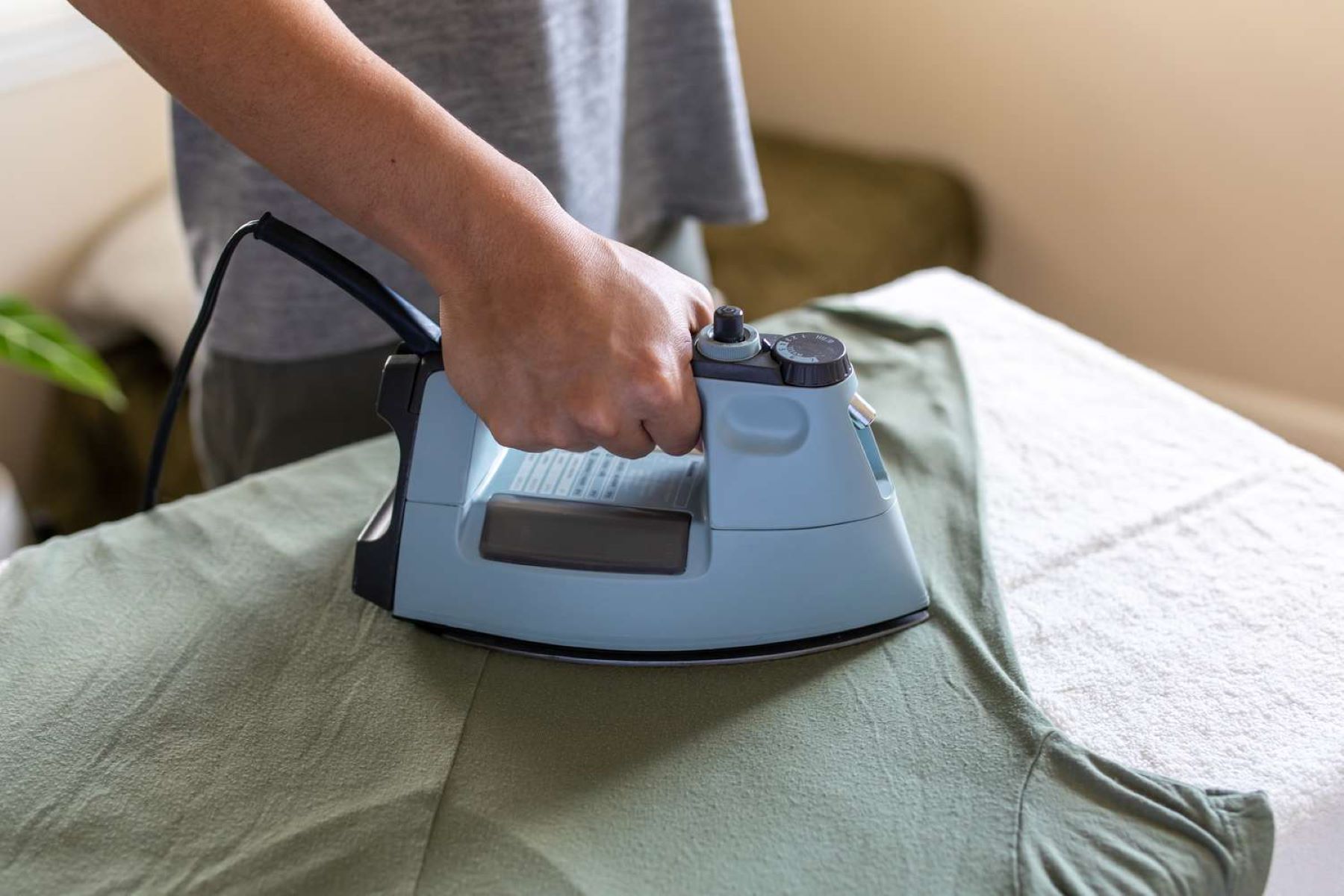
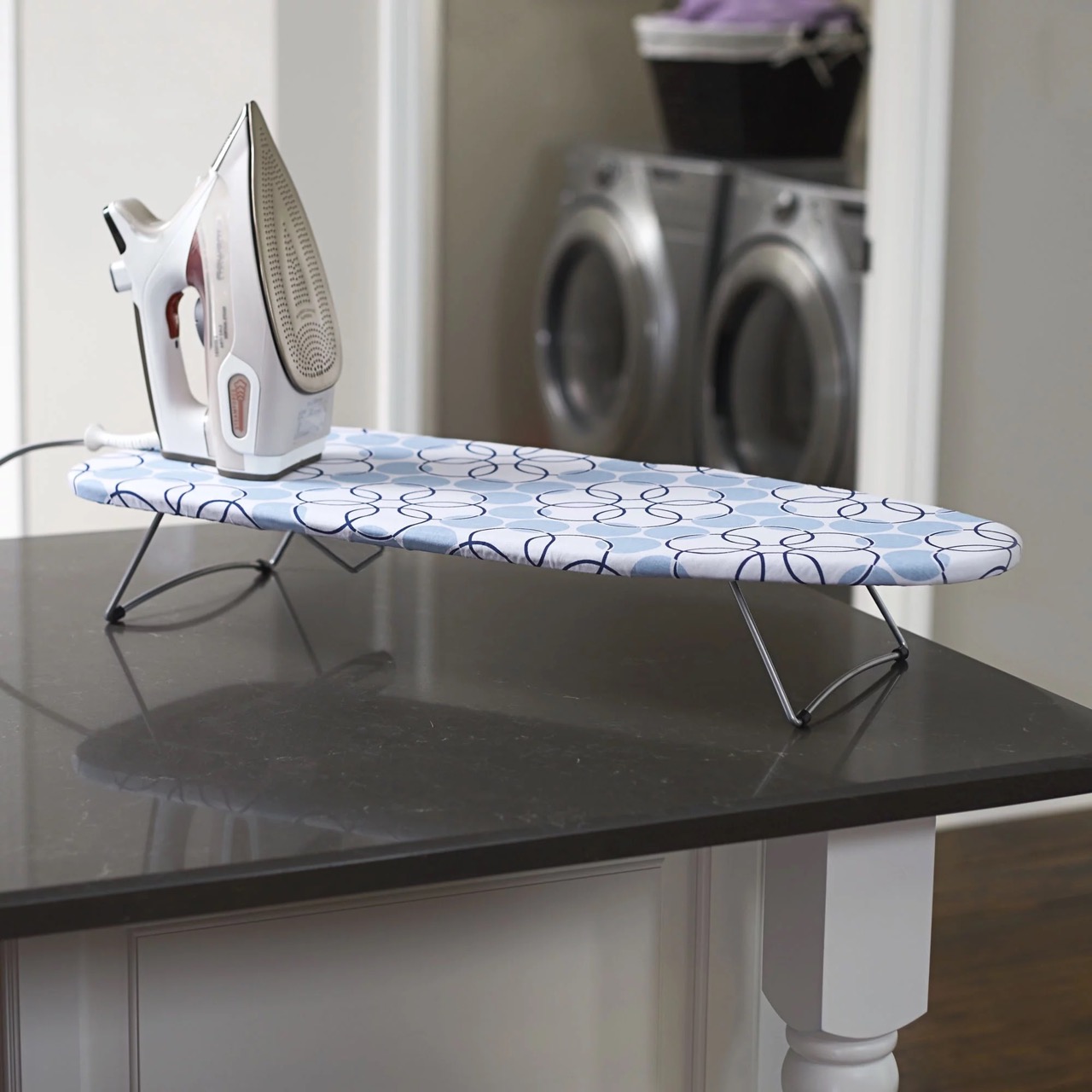
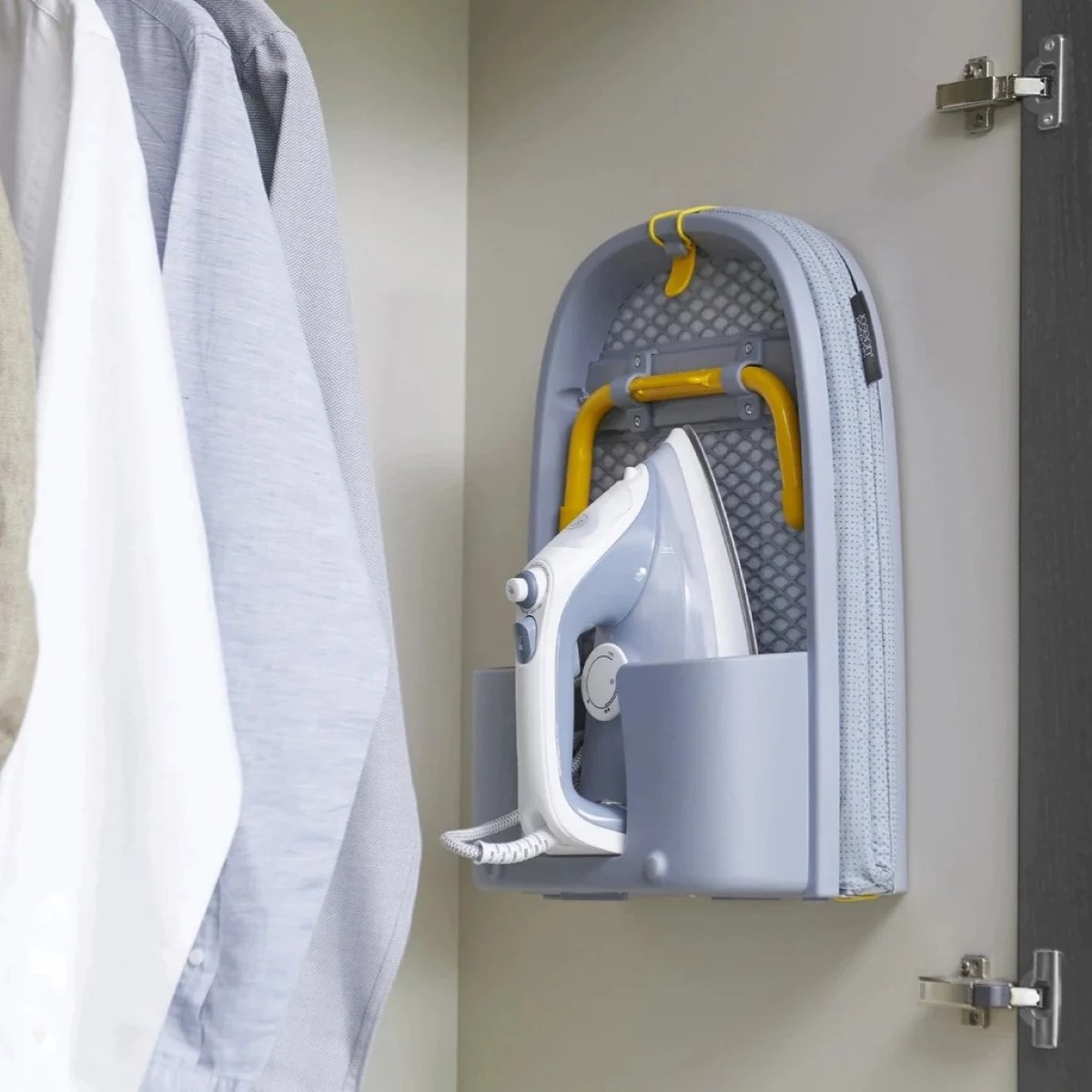
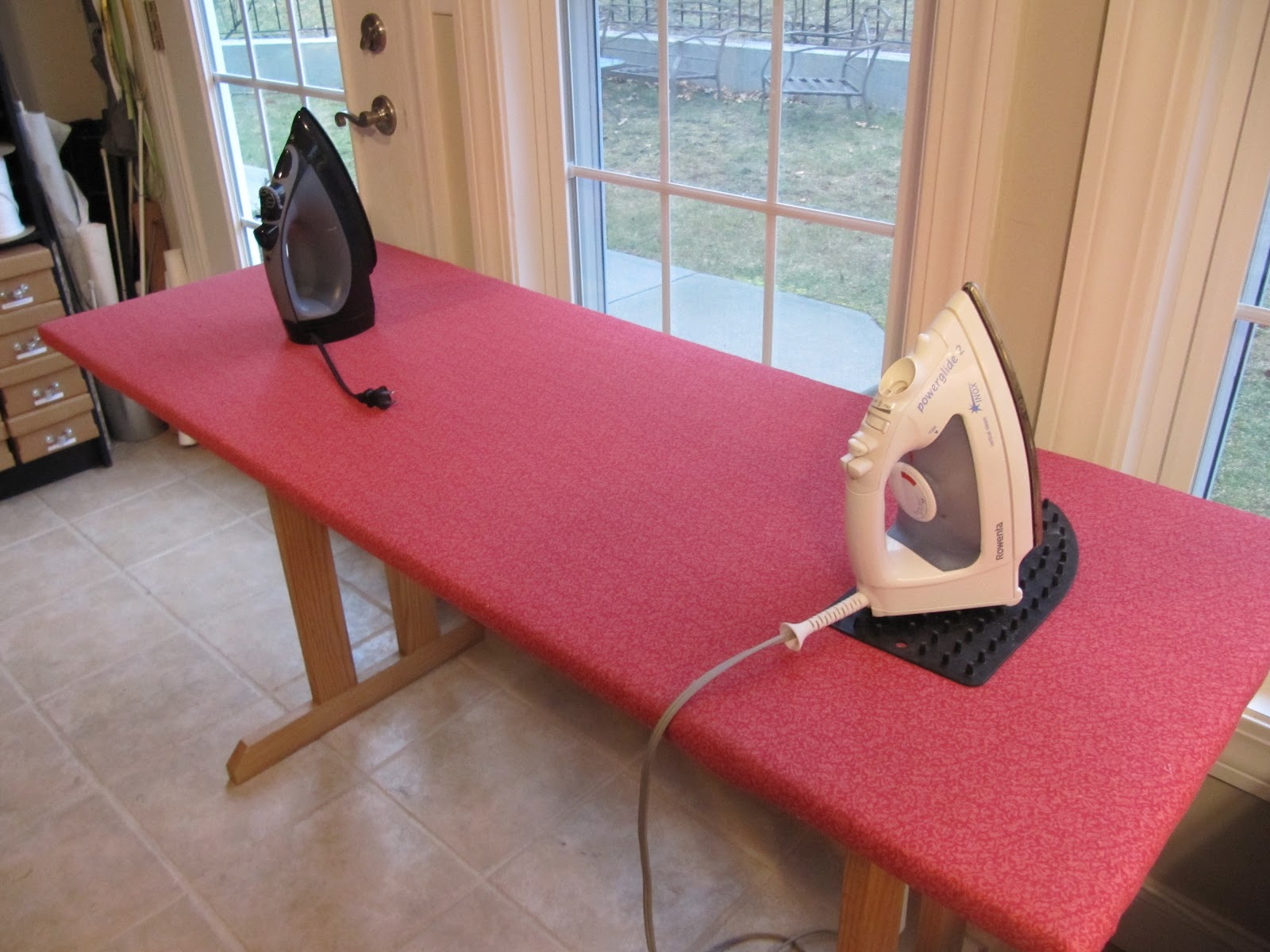
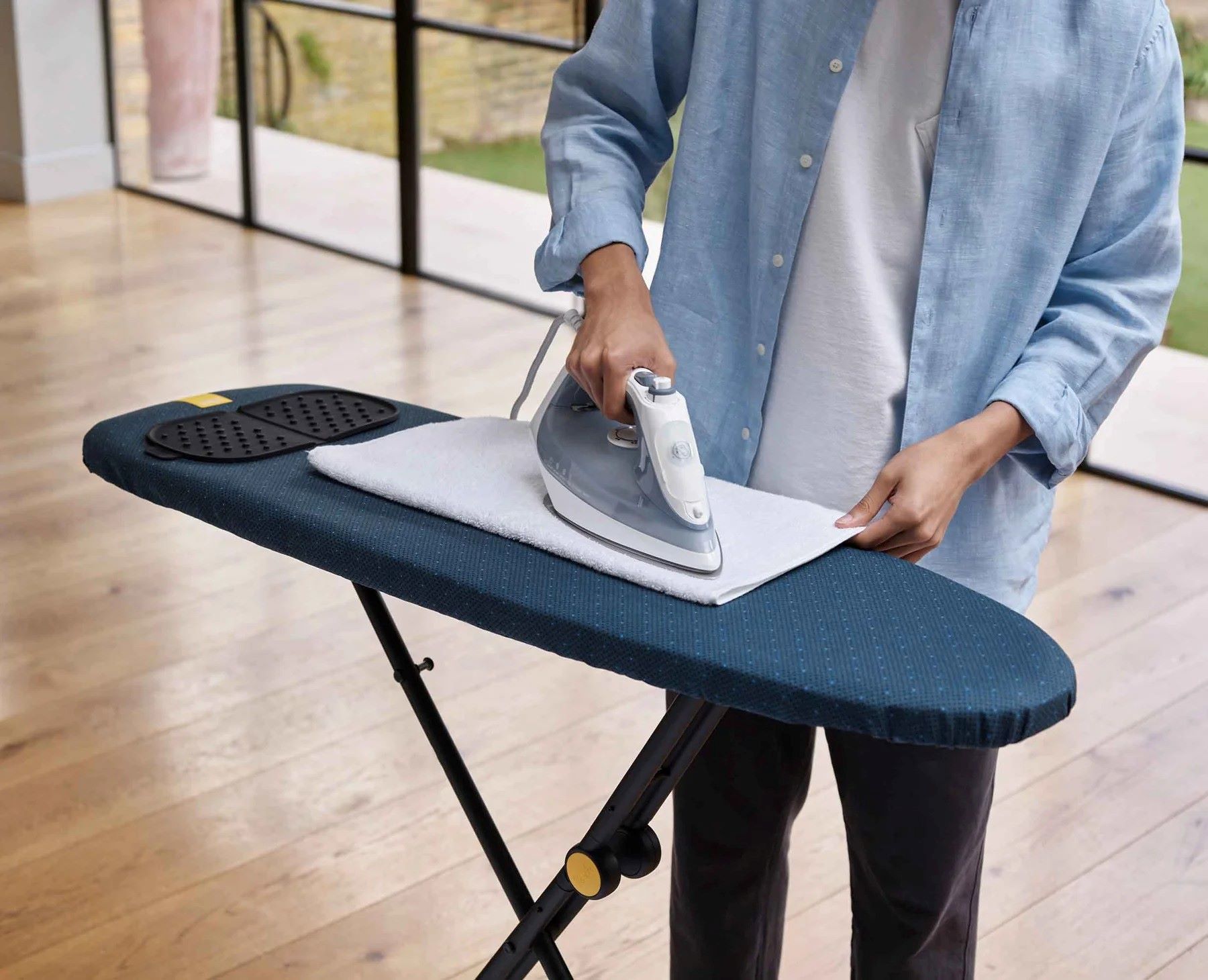
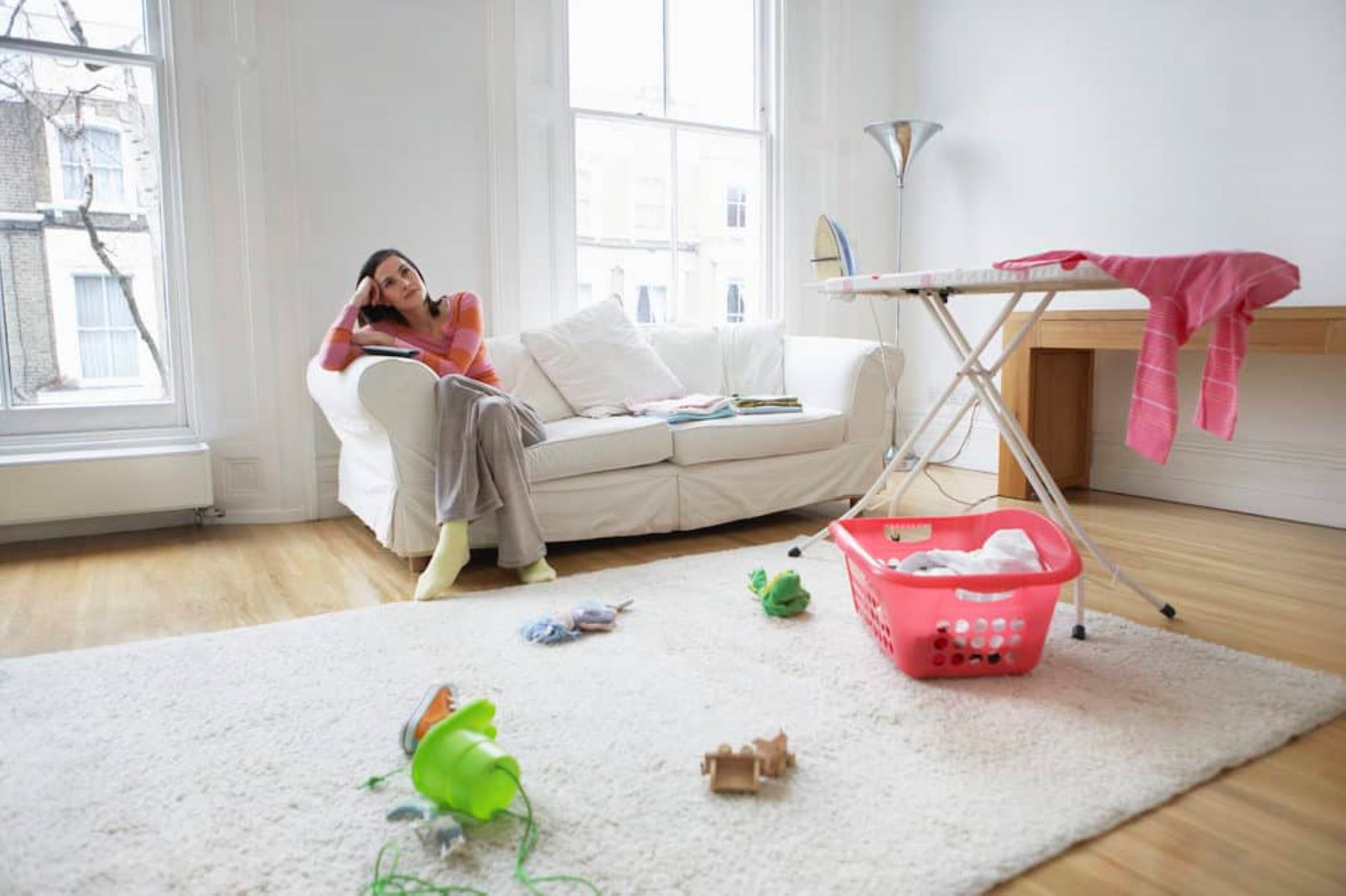
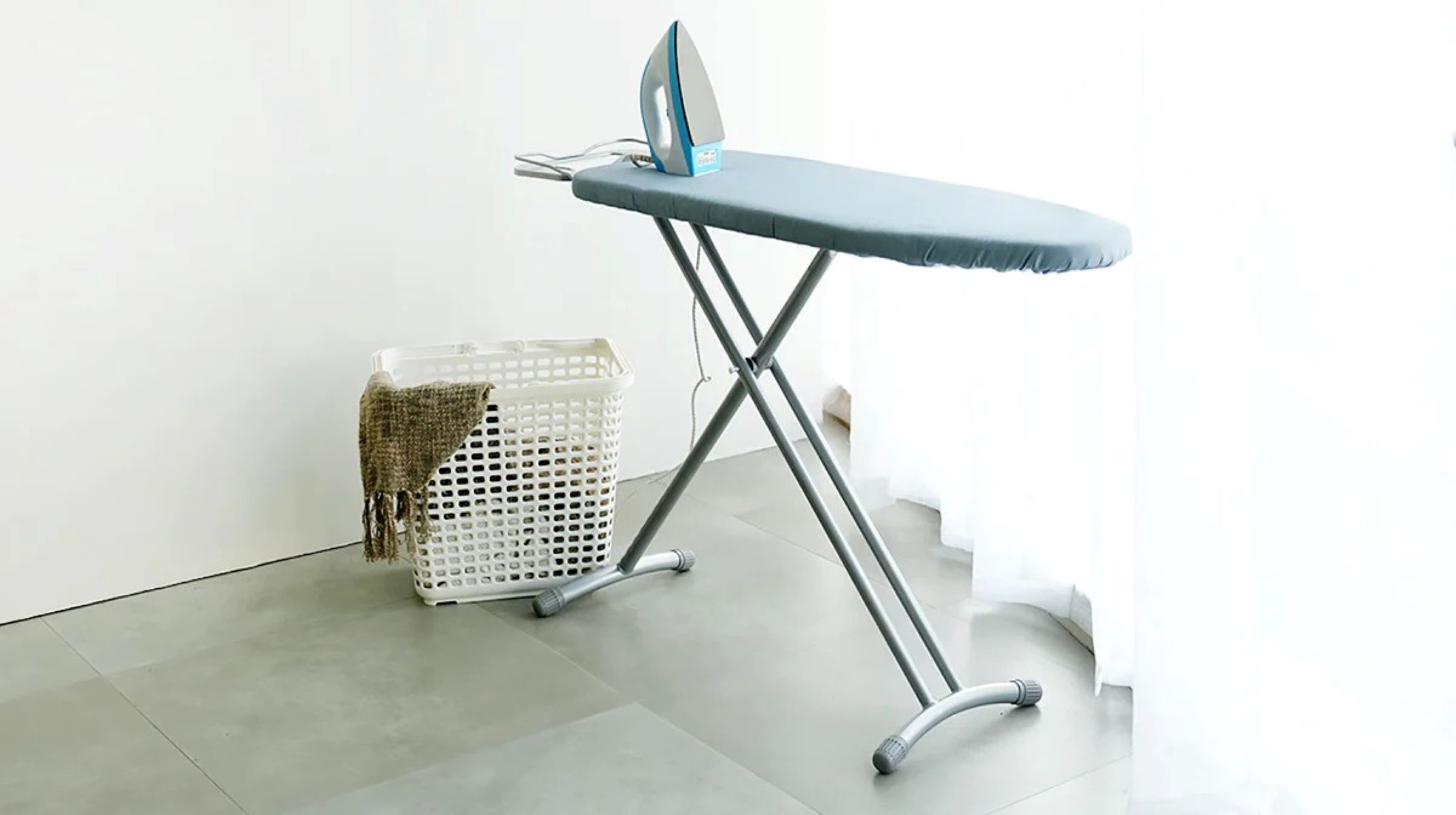
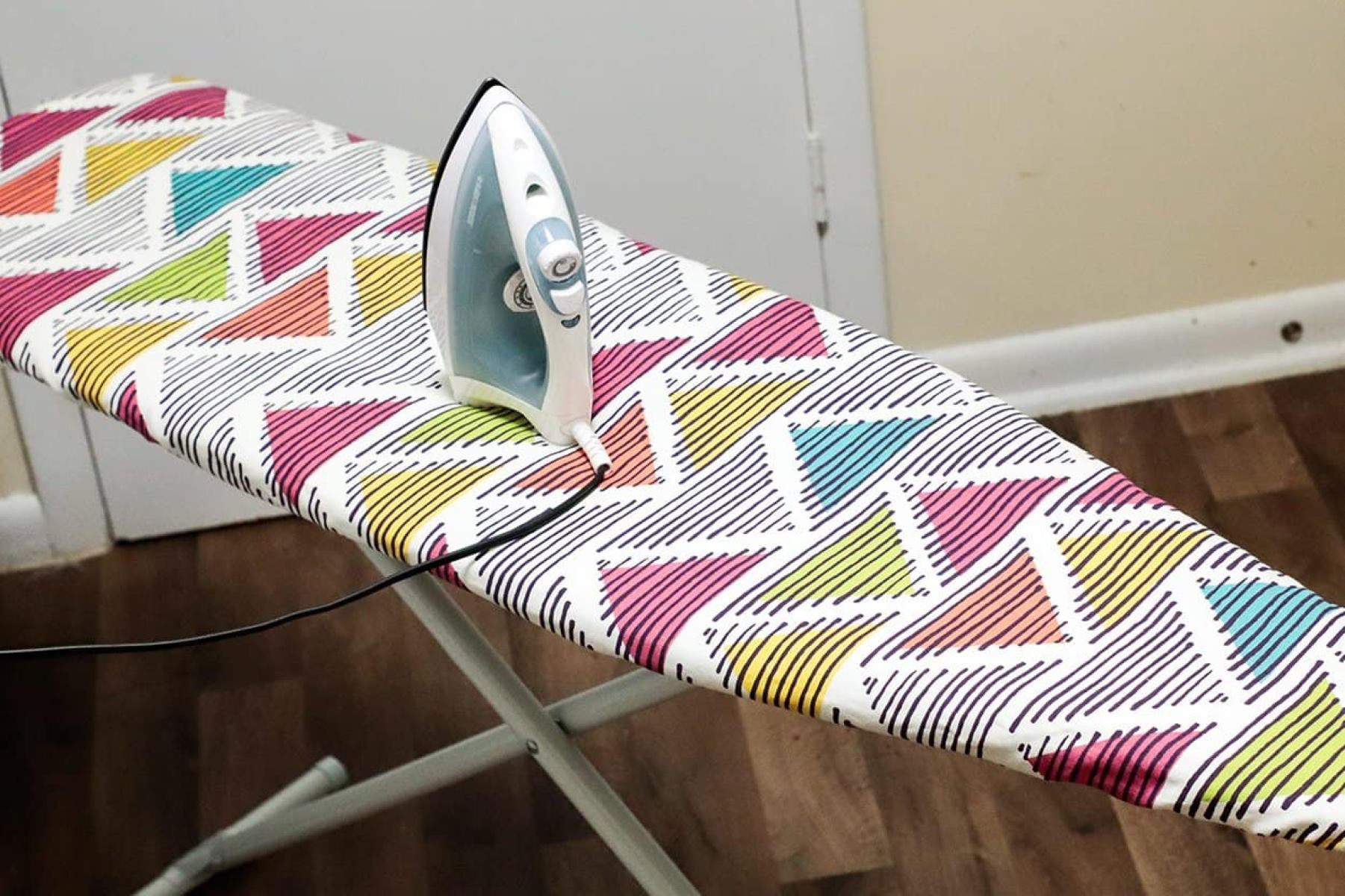
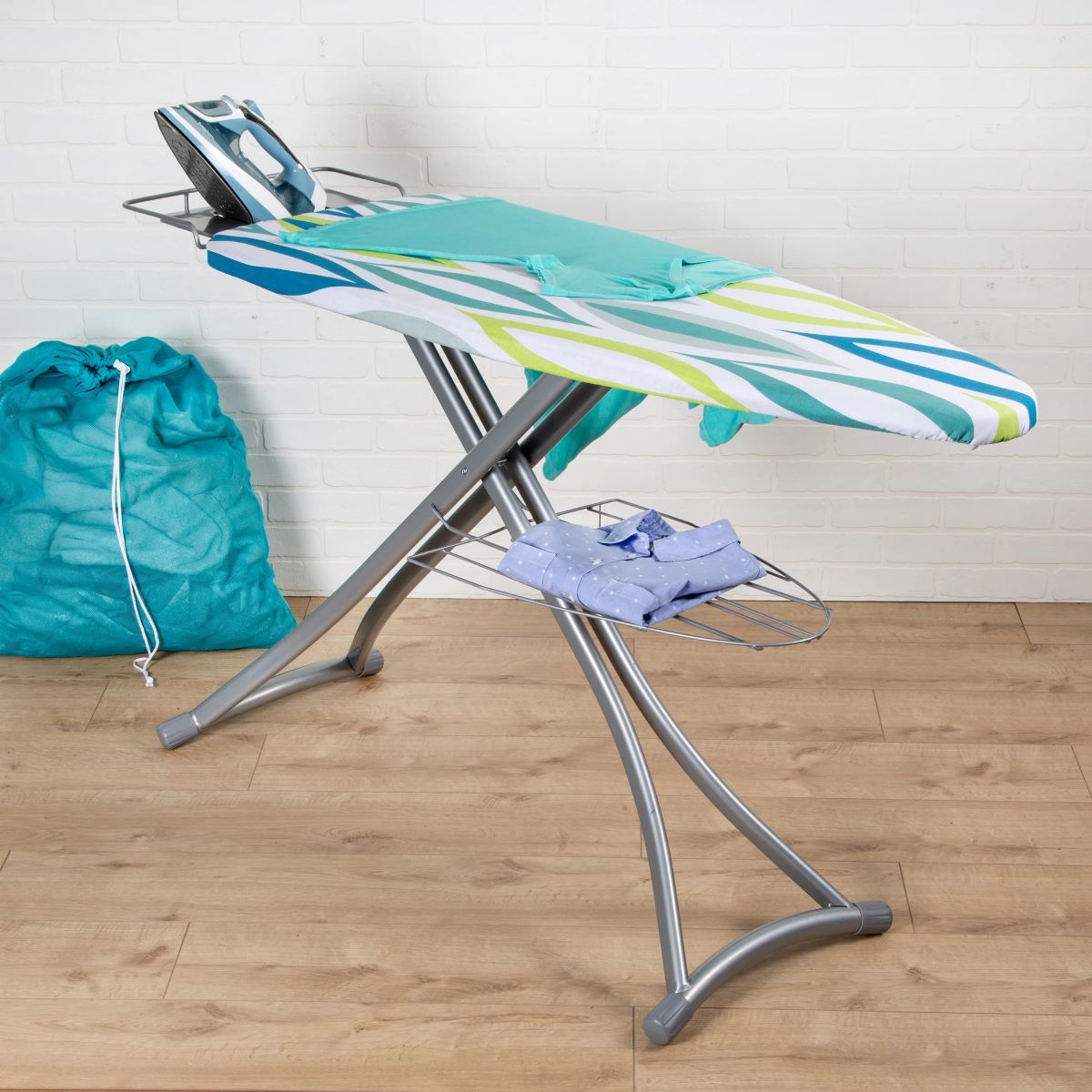
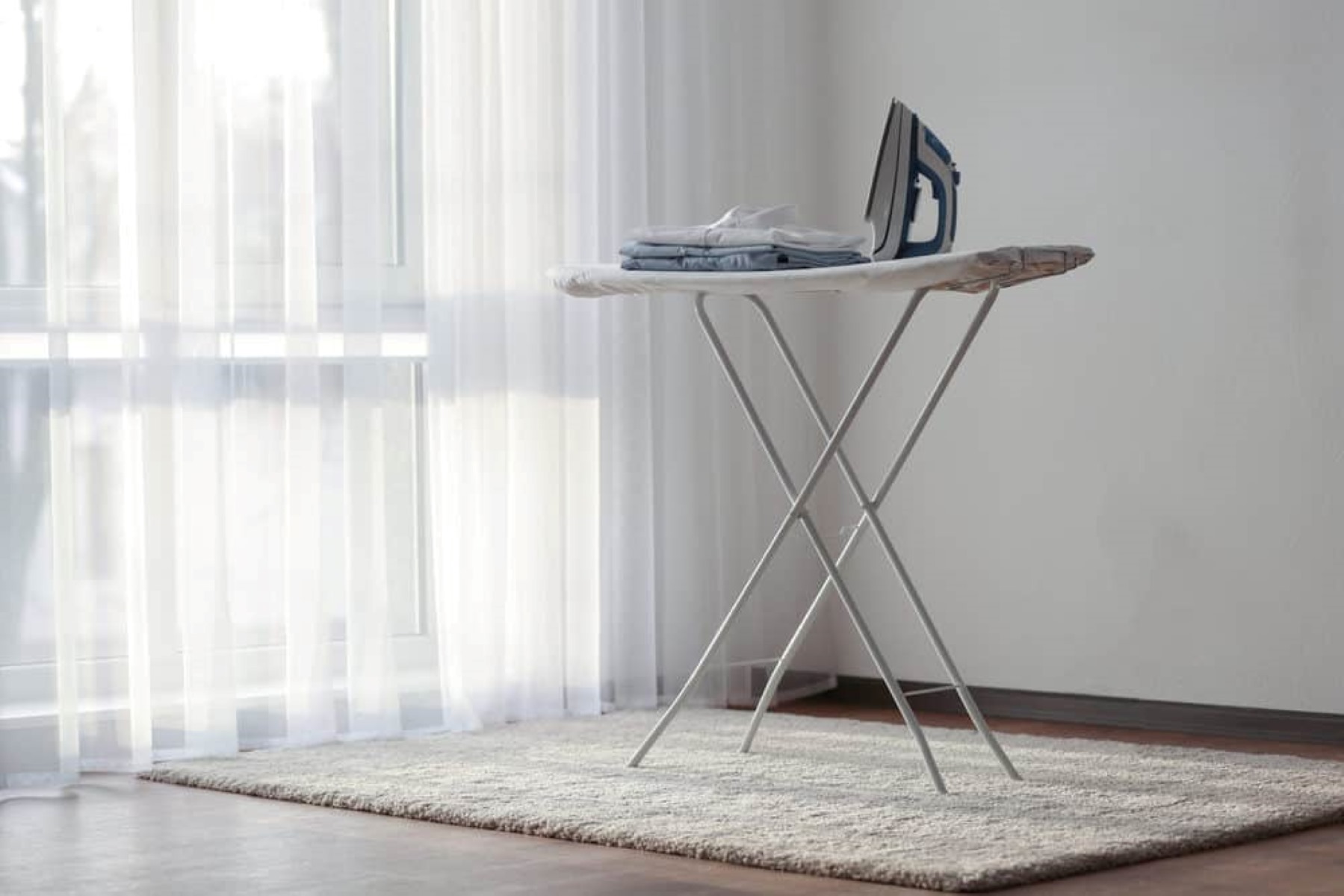
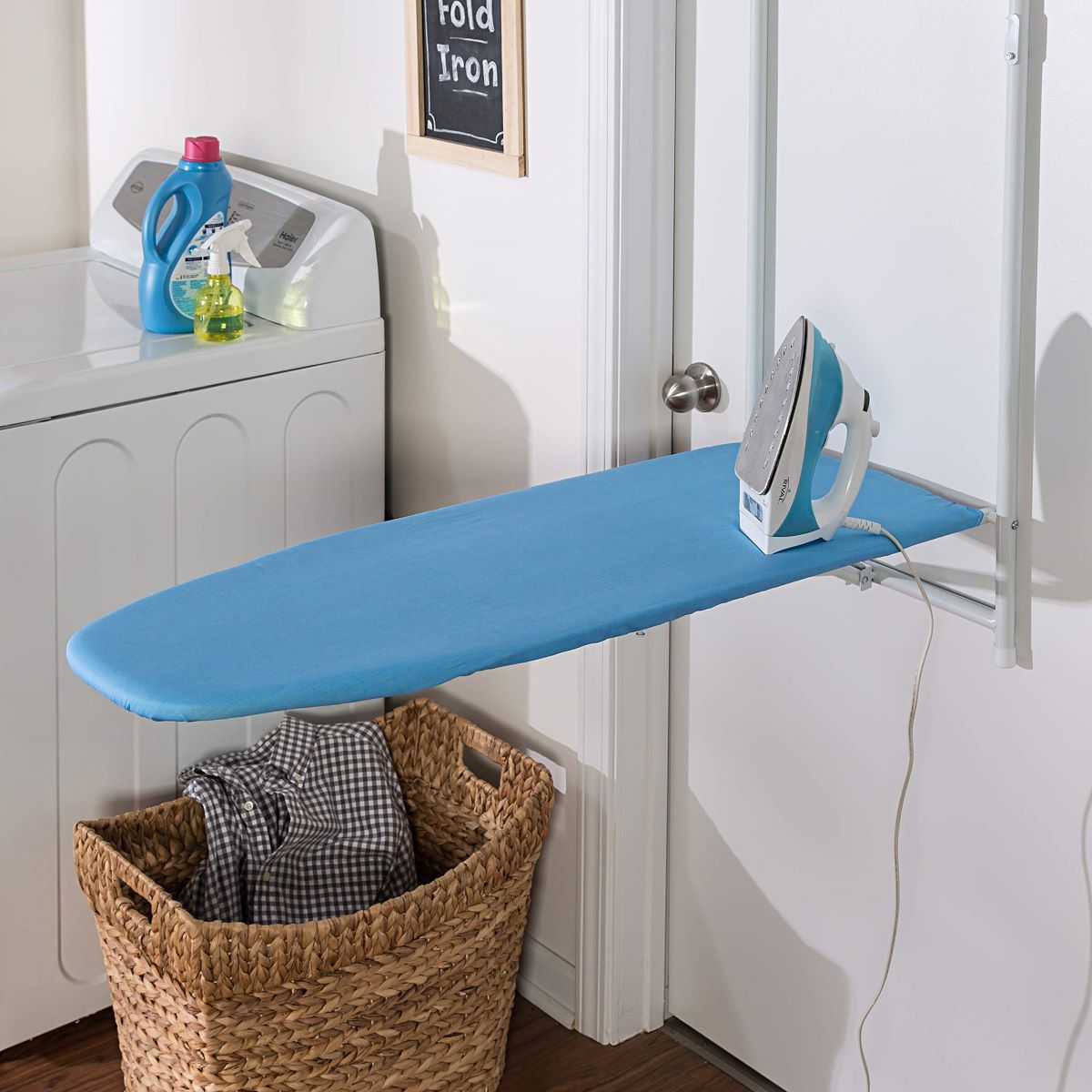

0 thoughts on “How To Use An Ironing Board”